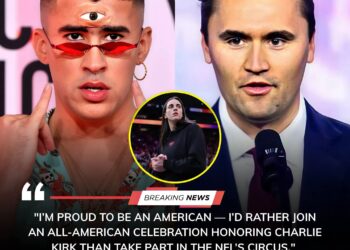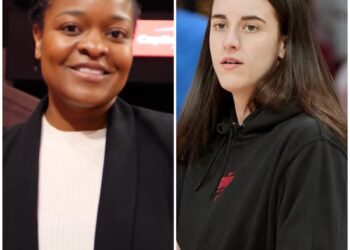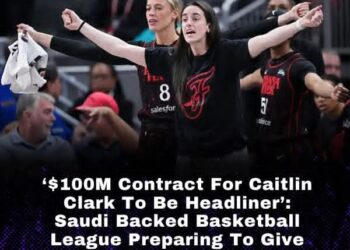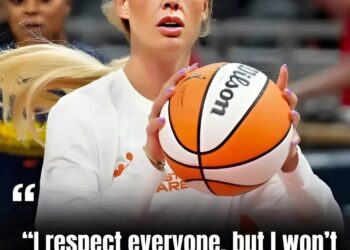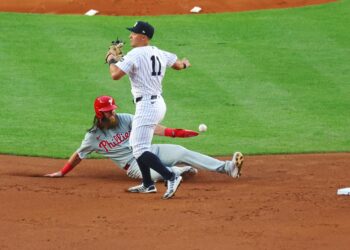Every summer, the Major League Baseball (MLB) Draft marks the beginning of countless professional baseball careers. For aspiring players, it’s a pivotal moment that determines where their dreams might take root. But not everyone understands the rules and pathways that make a player eligible for the draft. Unlike other American sports leagues, MLB has a unique system that combines college, high school, and even international prospects, with complex eligibility criteria and timing that can shape a player’s entire future.
The MLB First-Year Player Draft, often simply called the MLB Draft, allows teams to select amateur baseball players and sign them to professional contracts. The draft typically happens in July and lasts for 20 rounds, down from the 40 it once had. So, who can be picked? The answer depends on age, education status, and sometimes, geography.
First, let’s start with American and Canadian players. High school players are eligible if they have graduated and have not yet attended a four-year college. These teenagers, usually between 17 and 19 years old, are the youngest draftees. This path is popular for players who are already highly ranked prospects with strong scouting reports. However, signing straight out of high school carries risks. If a player does not get the signing bonus or opportunity they hoped for, they cannot return to high school ball and must instead find other ways to continue developing.
College players are the next significant group. Those attending a four-year college or university become eligible for the draft after they have completed their junior year or are at least 21 years old within 45 days of the draft. This rule encourages athletes to pursue some college education while giving MLB teams more time to evaluate talent against higher competition. Many young players who feel they need to mature physically or hone their skills choose this route. They spend three years competing at the collegiate level, often in the NCAA, where they face older, more polished opponents and get valuable exposure.
Players at junior colleges, or community colleges, fall under different rules. A player at a junior or community college (also called a JUCO) can be drafted at any time, regardless of age or year in school. This flexibility attracts players who want to keep their draft options open each year. Some choose JUCO schools specifically to maintain that eligibility, hoping to get drafted sooner or re-enter the draft if they didn’t like the results the first time.
International players follow yet another set of rules. Players from outside the United States, Canada, and U.S. territories like Puerto Rico are not selected through the MLB Draft but through international free agency. Once a player turns 16 years old and is not a resident of the U.S. or Canada, they can sign with any MLB team that wants them—often for significant signing bonuses. Countries like the Dominican Republic, Venezuela, and Cuba have produced a steady stream of talent through this process.
In addition to age and schooling, there are technical eligibility requirements. For example, a player cannot have previously signed a professional baseball contract. Once a player signs, they’re considered a professional and can no longer be drafted. Instead, they move through the team’s minor league system or become free agents if released.
Once drafted, a player must choose whether to sign with the team or not. High school draftees who decide not to sign can instead enroll in college and become eligible again later, provided they meet the college eligibility criteria. College juniors who don’t sign can return for their senior year, but they often lose negotiating leverage because they have no remaining college eligibility after their final season.
The signing process is just as critical as being drafted. Each pick comes with an assigned slot value—a recommended signing bonus. Teams have a total bonus pool to spend on their picks. Some players negotiate for more money; others accept below-slot deals to help teams sign other talent. If a player and team cannot agree to a deal, the team loses the pick and may receive a compensatory pick in the following year’s draft.
For fans, the MLB Draft is a fascinating glimpse into the sport’s future. It’s where college World Series heroes, high school phenoms, and hidden gems from small towns get their shot at professional baseball. It’s a mix of calculated scouting, gut instinct, and a bit of luck. The draft also represents hope for rebuilding teams who rely on young talent to turn around their fortunes.
In the end, understanding MLB draft eligibility means grasping how age, education, and choices all intersect. For players, the draft is more than a ticket to the big leagues—it’s a decision that can define their careers and change
their lives forever.

